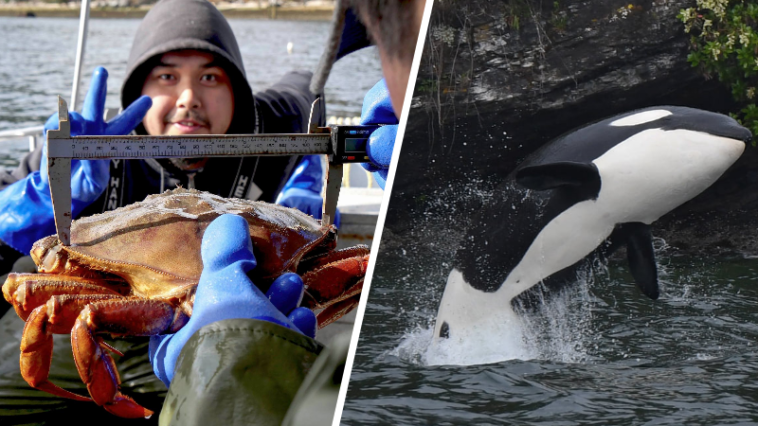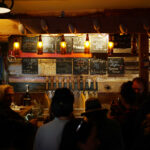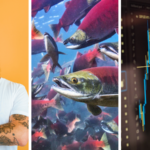There’s no denying that fishing on B.C.’s coast isn’t what it used to be.
“We used to fish for 5 days straight, there was so much fish, it was such an abundance, but now [we’re] out there fishing and we have one fish – one fish for a 24 hour opening,” starts a new video posted by the Central Coast Indigenous Alliance.
The numbers of declining marine life populations in recent years can be shocking at first glance: 77% decline in the salmon catch, 99% decline in sockeye, 65% down in Yelloweye rockfish, according to the video.
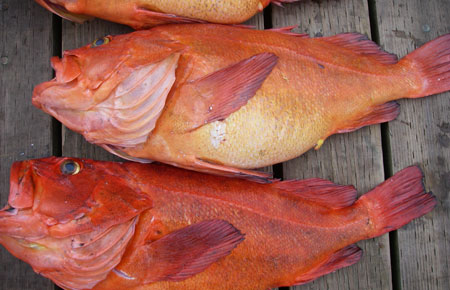
That’s why the Central Coast Indigenous Alliance is highlighting the importance of Marine Protected Areas, which are also known as MPAs. An MPA is “one management tool that can help address human impacts on our oceans from overfishing, pollution and climate change,” according to Coastal First Nations.
And in doing so, the local fishing economy gets stronger.
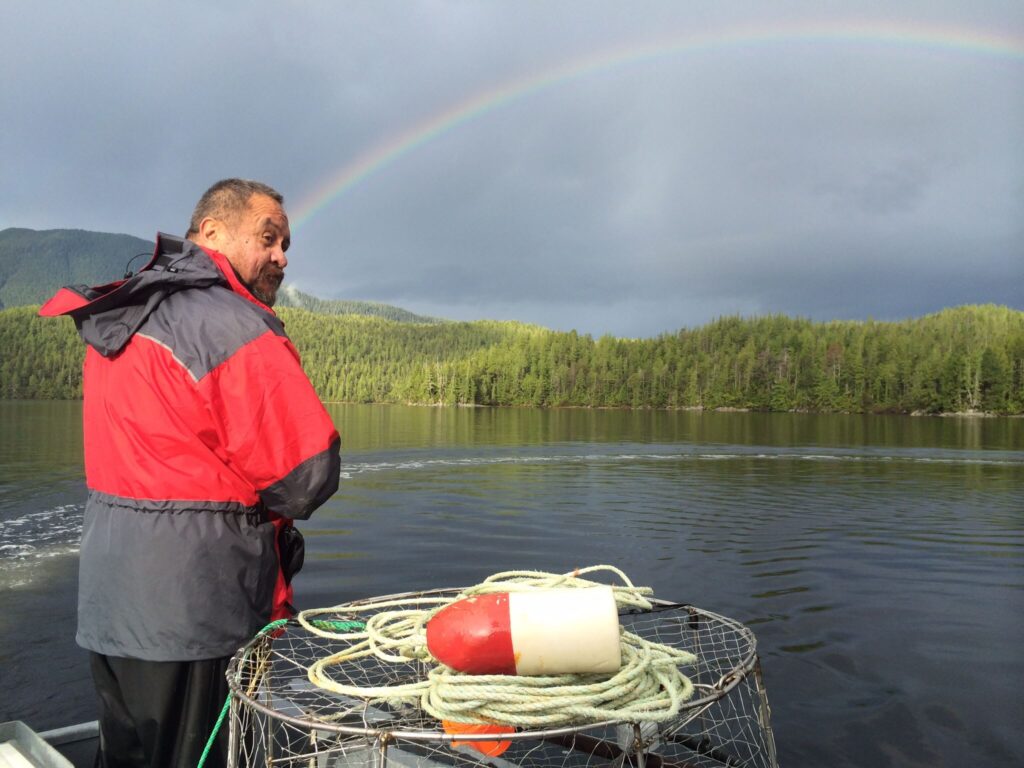
“I don’t think you need to be a rocket scientist to know that if you protect an area, stocks will rebuild and that’s been proven, time and time again,” Doug Neasloss, Elected Chief Councillor of the Kitasoo Xai’xais Nation says.
The need for that has never been greater.
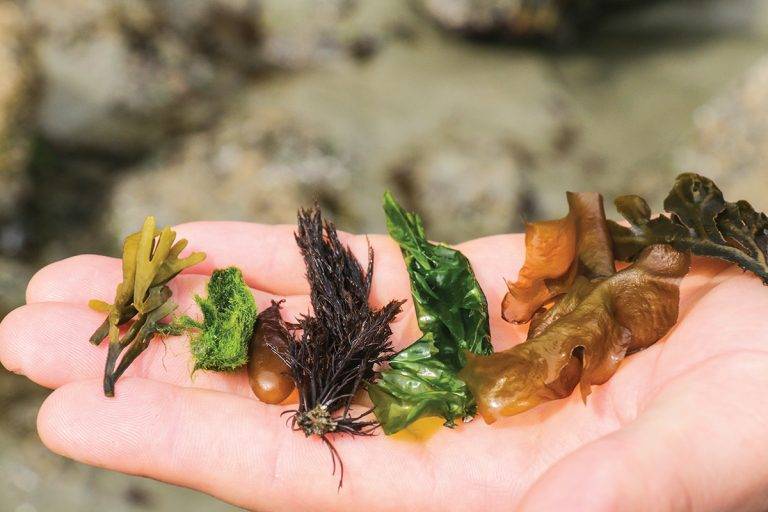
“We are seeing and living through a time where it’s very hard for our people to sustain ourselves, you know, economically or even for food,” says Marilyn Slett, Elected Chief Counsellor of the Heiltsuk Nation. “We can’t be healthy without a healthy ocean.”
The video goes on to explain that establishing a network of MPAs would create an abundance of marine life.
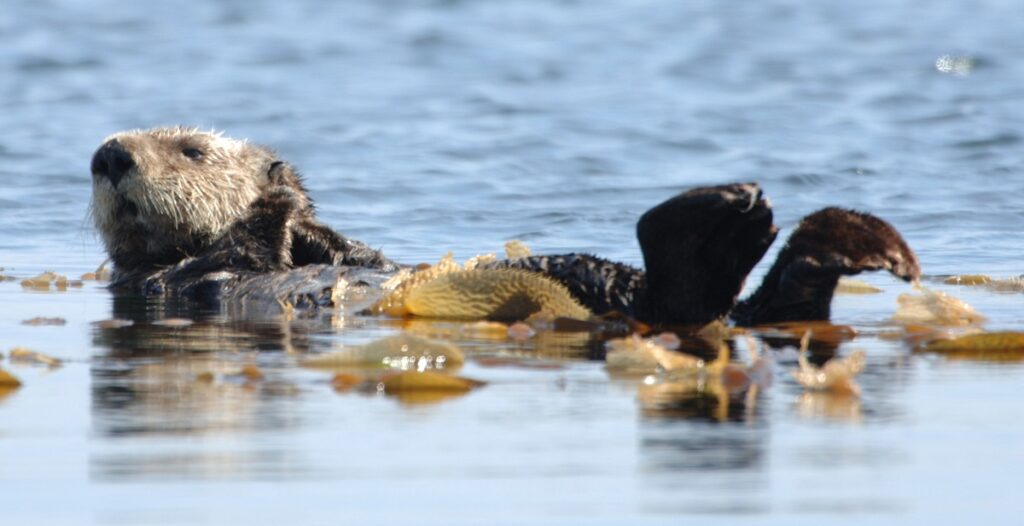
Kitasoo Xai’xais Nation was in the news in June when it declared an MPA around the 33.5 square kilometres of Kitasu Bay, part of the Great Bear Rainforest. Their MPA agreement includes the Guardian Watchmen, a group of coastal protectors who are currently applying for the same accreditation of the BC Park Rangers.
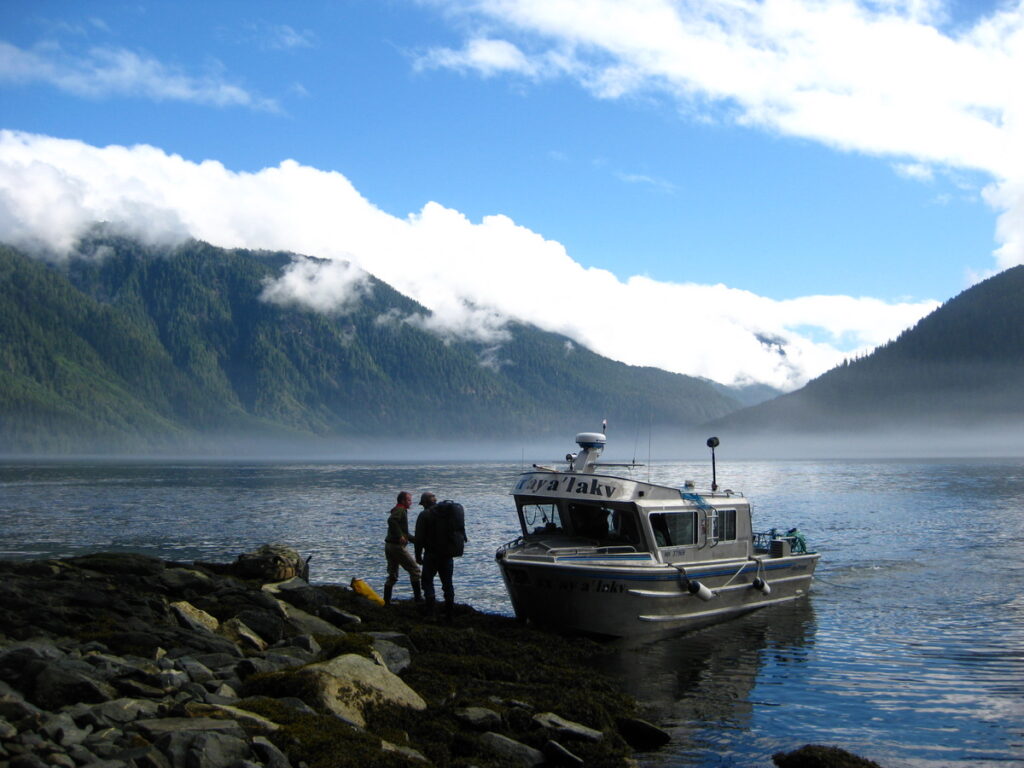
Nealoss says the model of Rockfish Conservation Areas has been highly successful and praised by local industry, and can be used for other species. Ultimately, these solutions are good for industry, and can secure and grow local economies.
“We have fresh air, we have salmon in our water, and I think we have to protect it for longevity, for sustainability,” says Nealoss. “The opportunity is all around us.”


